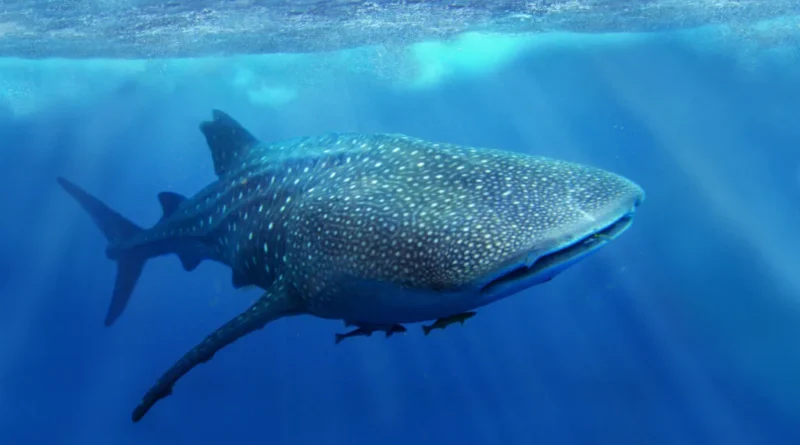10 Rare Animals: Exploring Fascinating Species and the Importance of Conservation
Introduction
Our planet is home to a wide variety of animal species, each with its own unique characteristics and adaptations. While many animals are well-known and commonly seen, there are also rare and elusive creatures that are lesser-known to the general public. In this blog post, we will explore 10 types of rare animals from different parts of the world, highlighting their fascinating features and the importance of their conservation.
1. Axolotl
The Axolotl, also known as the Mexican walking fish, is a critically endangered amphibian native to Mexico. What makes this creature truly remarkable is its ability to regenerate its limbs and even parts of its organs. Unfortunately, due to habitat loss and pollution, the Axolotl population has drastically declined in recent years.
2. Pangolin
The Pangolin is often referred to as the world’s most trafficked mammal. This unique creature is covered in scales, which act as a protective armor. Found in parts of Africa and Asia, the Pangolin is highly sought after for its scales and meat, making it a critically endangered species.
3. Aye-aye
The Aye-aye is a rare and peculiar primate found only in Madagascar. With its long, bony fingers and rodent-like teeth, the Aye-aye is a master of foraging for insects. Unfortunately, this fascinating creature is often considered a bad omen in local folklore, leading to its persecution and decline in numbers.
4. Saola
The Saola, also known as the Asian unicorn, is one of the rarest large mammals on Earth. This elusive creature, native to Vietnam and Laos, was only discovered by scientists in 1992. With its long, slender horns and striking markings, the Saola is a symbol of the importance of protecting and preserving our natural habitats.
5. Okapi
The Okapi, sometimes referred to as the “forest giraffe,” is a unique and endangered animal found in the Democratic Republic of Congo. With its velvety brown coat and zebra-like stripes on its hindquarters, the Okapi is often mistaken for a mythical creature. Sadly, habitat destruction and poaching have led to a decline in the Okapi population.
6. Kakapo
The Kakapo, also known as the “owl parrot,” is a flightless bird native to New Zealand. With its moss-green feathers and distinctive facial disc, the Kakapo is unlike any other parrot species. Due to introduced predators and loss of habitat, the Kakapo is one of the world’s most critically endangered birds.
7. Vaquita
The Vaquita is a small porpoise that is on the brink of extinction. Found in the Gulf of California, this marine mammal is often referred to as the “panda of the sea” due to its distinctive black eye patches. With fewer than 10 individuals remaining, urgent conservation efforts are underway to save this species from disappearing forever.
8. Red Panda
The Red Panda, often mistaken for its larger relative, the Giant Panda, is a small arboreal mammal found in the forests of the Himalayas. With its vibrant red fur and bushy tail, the Red Panda is a beloved and iconic species. However, habitat loss and illegal poaching have resulted in a decline in their numbers.
9. Sumatran Orangutan
The Sumatran Orangutan is one of the rarest great apes in the world. Found only on the Indonesian island of Sumatra, these intelligent and gentle creatures are facing severe threats from deforestation and the illegal pet trade. Conservation organizations are working tirelessly to protect their habitats and ensure their survival.
10. Blue Whale
The Blue Whale is the largest animal to have ever existed on Earth. Despite its massive size, this gentle giant is also one of the rarest animals in the world. Due to commercial whaling and habitat degradation, the Blue Whale population has been significantly reduced. Efforts to protect these magnificent creatures are crucial for their survival.
Conclusion
These 10 types of rare animals represent just a fraction of the incredible biodiversity found on our planet. It is essential that we recognize the importance of conserving these species and their habitats to ensure a sustainable future for all. By raising awareness and supporting conservation efforts, we can contribute to the preservation of these remarkable creatures for generations to come.
